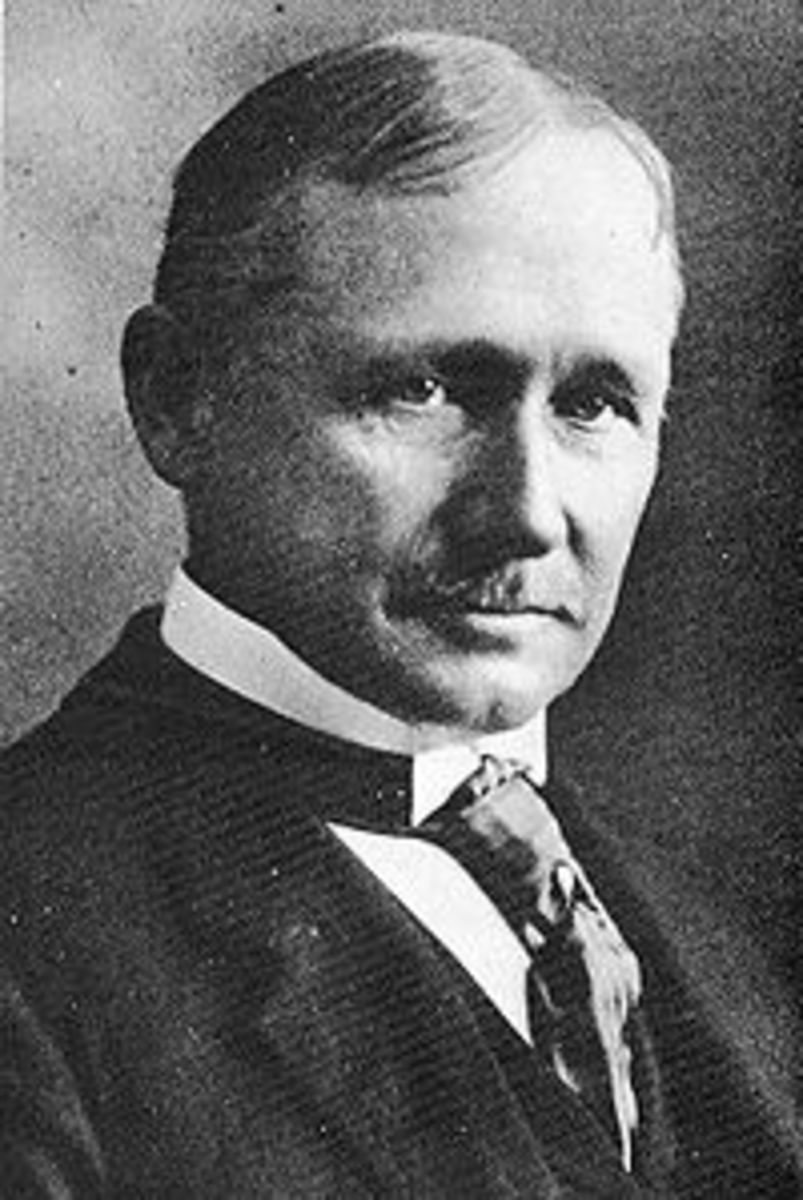Sociological theories with examples
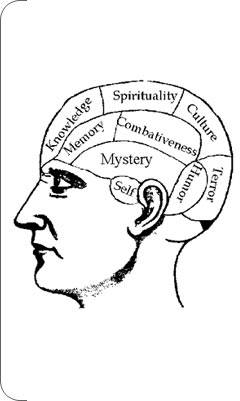
Symbolic Interaction Theory
1. Symbolic Interaction Theory: A theoretical perspective based on the premise that human nature and social order are the products of communication among people.
1a. Scenario: Missionaries from a catholic church travel to a remote part of South America to preach to a secluded tribe in the Amazon jungle. Upon their arrival on a dirt runway they get out of t...he plane, don robes and uniforms associated with the church, and begin to sing a hymn as they march to the area where the tribe resides. During the march to the village they’re also carrying a large wooden cross with an image of a crucified, bleeding Jesus. As they get to the outskirts of the village, they’re met by a war party that attacks and kills all of the missionaries.
1b. Explanation This is an example of a miscommunication of negotiated meanings and definition of the situation. The missionary group came with the mission to preach the gospel to a secluded tribe in the jungle. They wore the uniforms and carried symbols of their religion that is recognized in most of the industrialized world. However, to the tribe being visited, the visit had other meanings. The uniforms and singing were similar to the costumes and songs sung by the warriors of the village before they launched attacks on neighboring tribes. The crucifix was seen as a symbol of a war trophy, a man tortured and killed for all to see. It was similar to the tribe’s practice of displaying a vanquished enemies head on a pole. As the missionaries approached, the tribesmen heard the singing and saw the crucifix, assuming that a warring party of intruders was approaching and responded according to their definition of the situation. Although the missionaries interpreted their role as harbingers of peace, attempting to share their view on Christianity, it wasn’t viewed that way by the natives. The natives mistook all the singing and costumes as a prelude to aggressive action and attacked first.
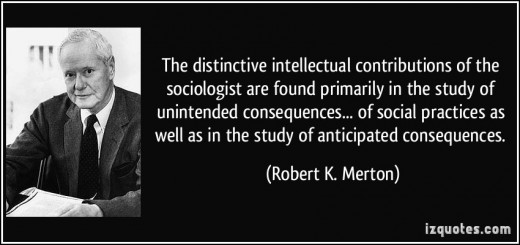
Role Taking:
2. Role Taking: An individual imagines how he or she looks from the other person’s viewpoint.
2a. Scenario: A manager of a cross dock operation wants to buy another forklift for his operation. Before he submits his proposal he goes over in his mind what his regional manager might say to the request. Even though business is good and the operation can support the cost of the new asset, the manager still rehearses possible responses to his request. He knows from previous budget meetings that his regional manager has demonstrated an unwillingness to buy new equipment. Based on his experiences and the information from other managers, he decides to ask for an overhaul of the old forklift rather than asking for a new one. He makes the request and as expected, the regional manager approves the overhaul of the forklift. By taking the role of regional manager in his mind and rehearsing the scenario, the cross dock manager has prepared himself for the request and the expected response.

Public Self Awareness and its Effects
3. Public Self Awareness and its Effects: We take self as the object of our attention and focus on own appearance, actions, and thoughts.
3a.Scenario: A conservative Christian named Steve has attended a rally with other individuals from his church. The focus of the rally is how men should retake control of their families and insure that they’re the head of the household. The commentator continues to speak on the subject of feminism and how the women’s rights movement was detrimental to families. As the rally continues, Steve’s colleagues comment on how they support the speaker and how the bible states that women should have a limited role in the world. Steve nods in agreement and states that it must be true. However, when he goes home, he supports his wife’s decision to take a job. In the office he gives a promotion to a female associate who’s demonstrated more competence in tasks at work, bypassing a male employee with average work performance. Although Steve publicly supports his colleague’s notions on women, privately he feels that women should be allowed to work and take larger roles in society. He hasn’t abandoned his internal standards of self awareness that he’s set for himself.
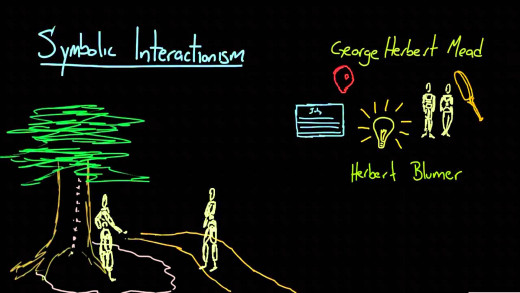
Moral Reasoning
4. Moral Reasoning: Preconventional Morality Applying behavior to specific situations by applying certain standards. At the Preconventional Morality level moral judgment is based on external, physical consequences of acts. Stage 1. Obedience and punishment orientation; rules obeyed in order to avoid punishment, trouble.
4a. Scenario 1: Sally is 5 years old and always wants to run in the front yard and kick her ball. However, the ball rolls into the street. Sally knows that her mom told her never go near the street or she’ll get in trouble. Although she really wants the ball, she doesn’t want to get in trouble to get it, so she tells her mom what happened to the ball. Her mom retrieves the ball and Sally keeps playing. Sally obeyed her moms rule about avoiding the street because she doesn’t want to get punished. Stage 2. Hedonistic orientation; Rules are obeyed in order to obtain rewards for self.
4b. Scenario 2: Sally wants to go to the movies and see “Horton hears a Who”. Before she can ask to go, she knows that she’s supposed to keep her room clean and pick the toys off the floor. Sally puts up all her toys and goes and asks her mom if they can go to the movies. Before her mom answers Sally tells her that she’s cleaned her room and put her toys up. Since Sally wanted to see the movie so much that she picked up her toys, her mom takes her to the movies. Sally knows that if she follows her mom’s rules and keeps her room clean, she has a better chance of obtaining a reward than if she doesn’t.
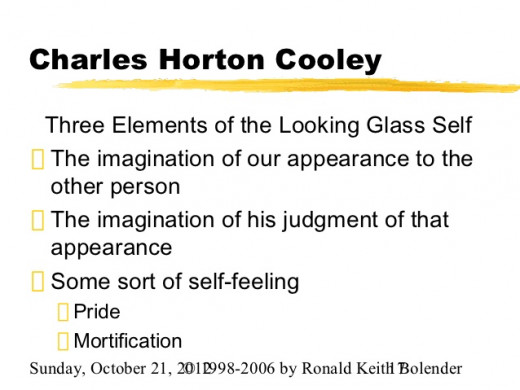
Looking Glass Self
5. Looking Glass Self: Individuals view themselves from the feedback they receive from others.
5b.Scenario: Sally has grown and progressed into high school. Through the time she was in kinder garden, elementary and middle school she was told that she was a good student, and excelled in her studies. When she gets into high school she begins to hang out with some individuals known as “Goths”. They wear dark clothing, dark make up and have a dismissive attitude towards school and authority. The more she hangs out with this group, the more she wants to be a part or them. She begins dressing as a Goth and starts becoming more rebellious in school and at home. Eventually she begins smoking and skipping class in order to conform to their behavior and attitude. Sally has changed her self concept of being a good hard working student into becoming a member of a fringe group. By becoming a “Goth” she was changed her image, views, and norms to reflect the new persona she’s adopted. The feedback she’s received from her new friends has reinforced her change in appearance and attitude.
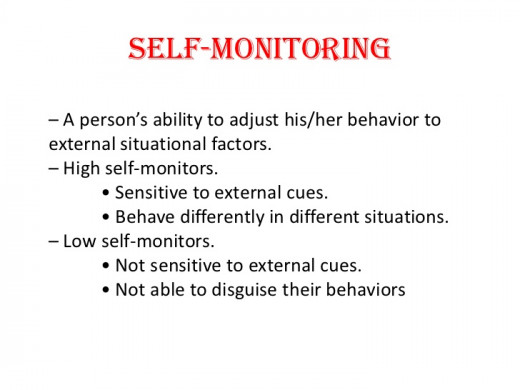
High and Low Self Monitoring
6. High and Low Self Monitoring and it’s Effects: High self monitors manage their own behavior depending on the reactions of others, while low self monitors do not.
6a. Scenario: Phyillis is a high self monitor. When she goes to the night clubs and dance, she always shuffles a little bit, doesn’t get too excited, and makes a point of not drawing attention to herself. At work during meetings she never offers a differing opinion on workplace issues. When she attends parent – teacher conferences she always sides with the teacher in regards to her children’s performance. Sally is a low self monitor. When she goes to a dance club she dances whichever way she pleases, no matter how absurd she looks. At work she offers her view on workplace issues and often takes the position of “Devils Advocate” during these meetings. During parent – teachers conferences her opinion is often different than the teachers in regard to her children’s school performance. High self monitors tend to be viewed as “yes men”, always subordinate and never dissenting on many issues. Their opinions and actions may be pushed aside and seen as conforming to the dominate view. Low self monitors may be seen as difficult individuals, always being a nuisance, wanting to be the focus of attention. They tend to be seen as loners, not as team players.
© 2010 Augustine A. Zavala







